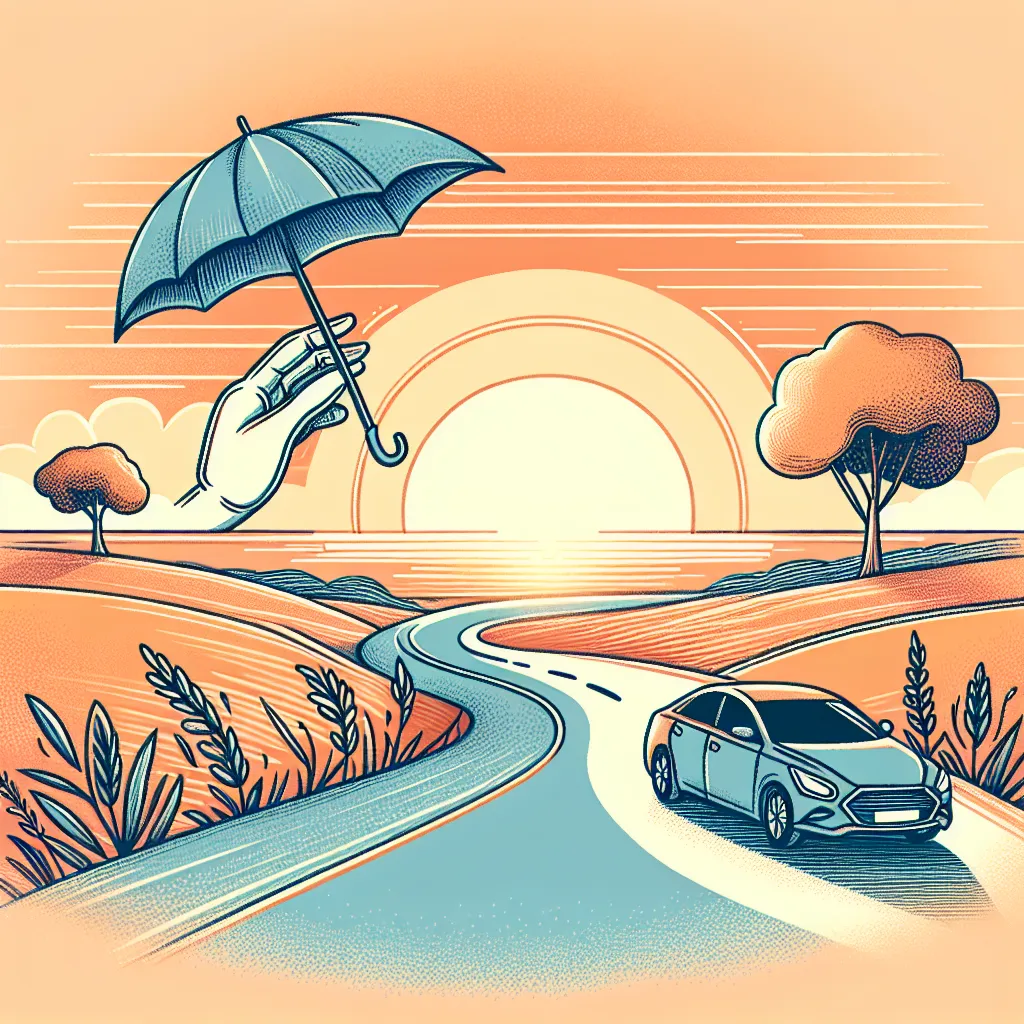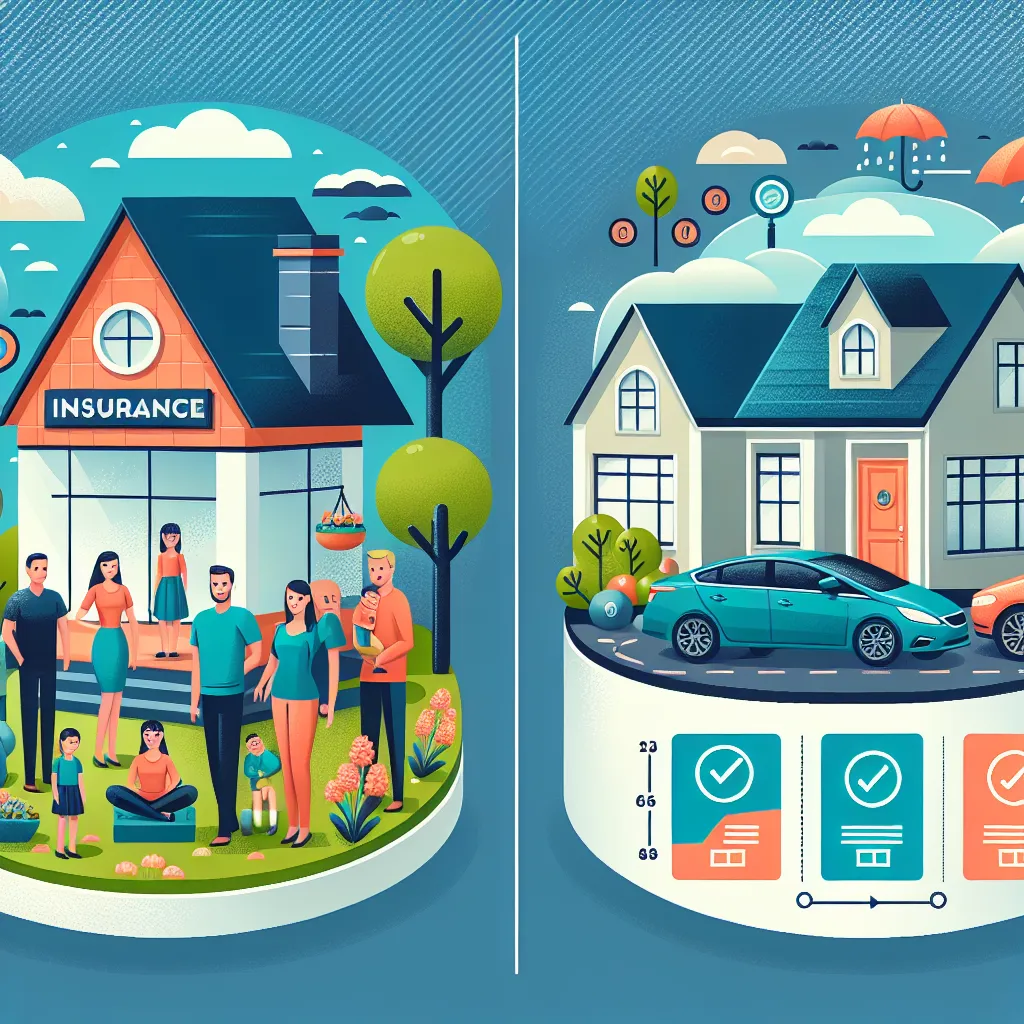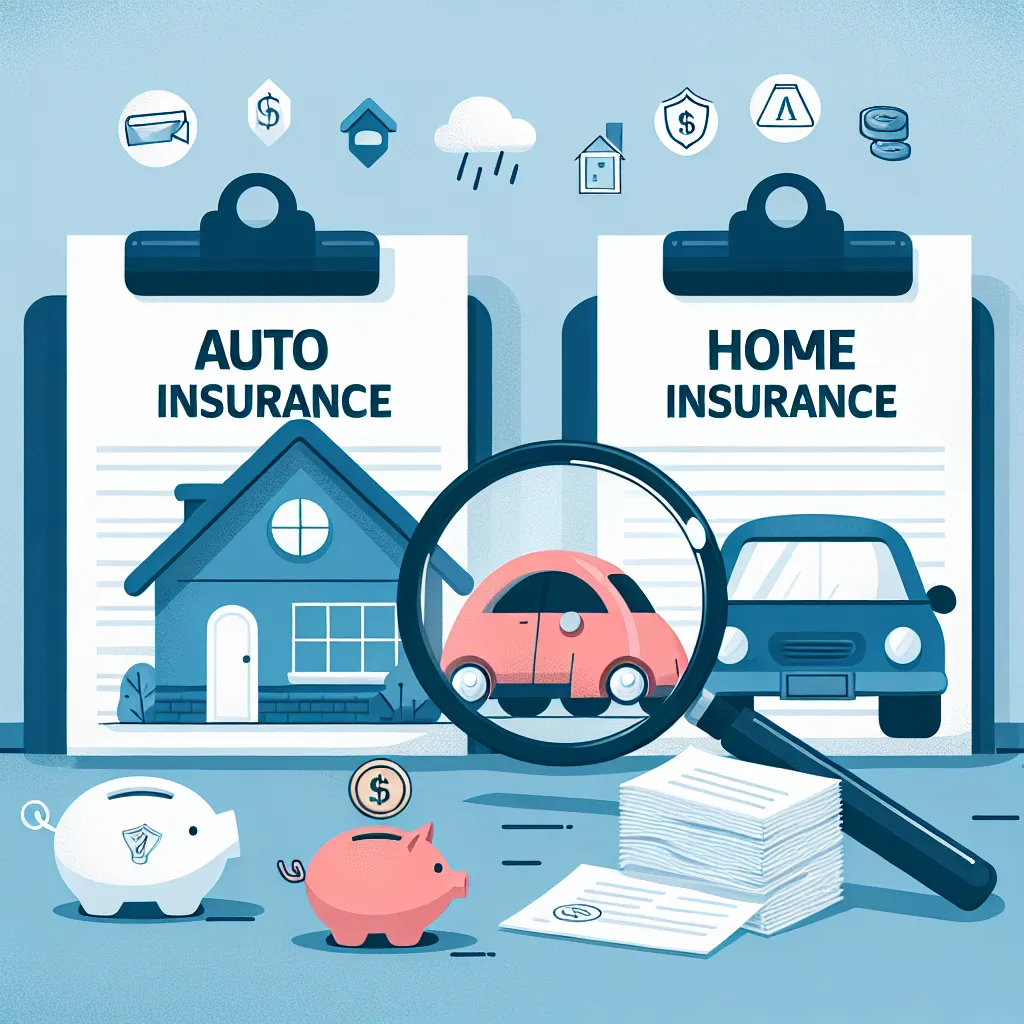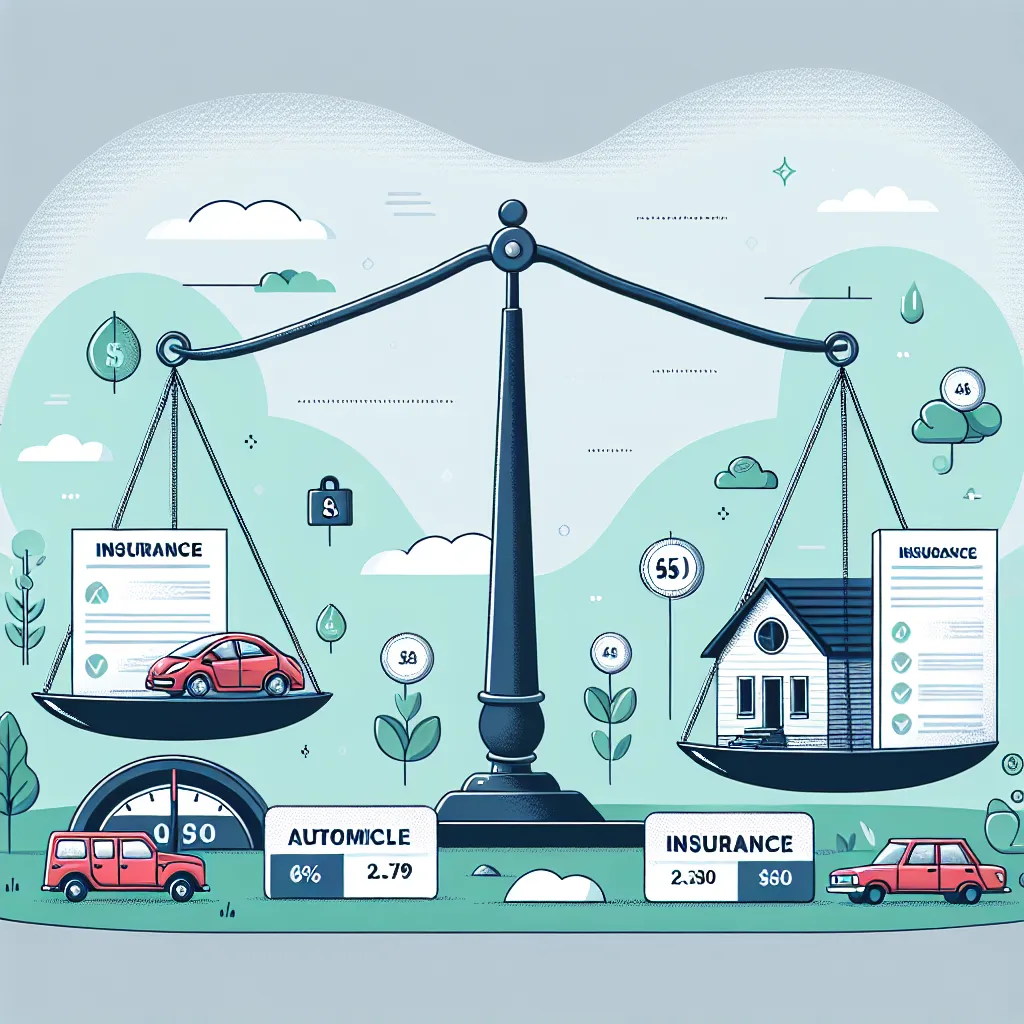Author: asd23fsFdf4sdf3
-
最適な自動車保険会社の選び方ガイド

最高の自動車保険会社を見つけるためのポイントと選び方を詳しく解説。安心できる補償とサポートを重視するあなたに最適です。 Read more
-
手頃な自動車保険で賢く節約!選び方とポイント

手頃な自動車保険は家計に優しく安心。コスパ良く車の保険を選ぶためのポイントと実例を詳しく解説します。 Read more
-
自動車住宅保険の見積もりのポイントと活用法

自動車住宅保険の見積もりは賢い保険選びに不可欠。安心と節約を実現するための具体的なステップを詳しく解説します。 Read more
-
自動車と住宅保険の見積もりで賢く節約しよう

自動車と住宅保険の見積もりはコスパ最適な選び方。比較ポイントや実例も紹介し、安心の保険選びをサポートします。 Read more
-
自動車と住宅保険の見積もりのコツと活用法

自動車と住宅保険の見積もりを比較して、最適な補償とお得な保険料を見つけましょう。安心と節約を実現するヒント満載! Read more
-
住宅と自動車保険の見積もりで安心と節約を実現

住宅と自動車保険の見積もりは、コスト削減と最適補償を実現するための重要なステップです。今すぐ比較して最良の選択を! Read more
-
安心を守る!フルカバレッジ自動車保険のポイント

フルカバレッジ自動車保険の全容と選び方を徹底解説。万一に備えて、最適な保険を賢く選ぶための情報満載です。 Read more
-
自動車保険のフルカバレッジ:安心を手に入れるポイント

自動車保険のフルカバレッジは全てのトラブルに備える最強の選択肢。賢く比較して、家計と安全を守ろう! Read more
-
自動車保険の平均費用を理解して賢く節約しよう

自動車保険の平均費用について詳しく解説。保険料の目安や節約ポイントを知って、安心とコスト削減を実現しましょう。 Read more
-
高齢者向け自動車保険のポイントと実践例

80歳以上向け自動車保険の賢い選び方と保険料を抑えるコツを徹底解説。安心のカーライフをサポートします。 Read more
